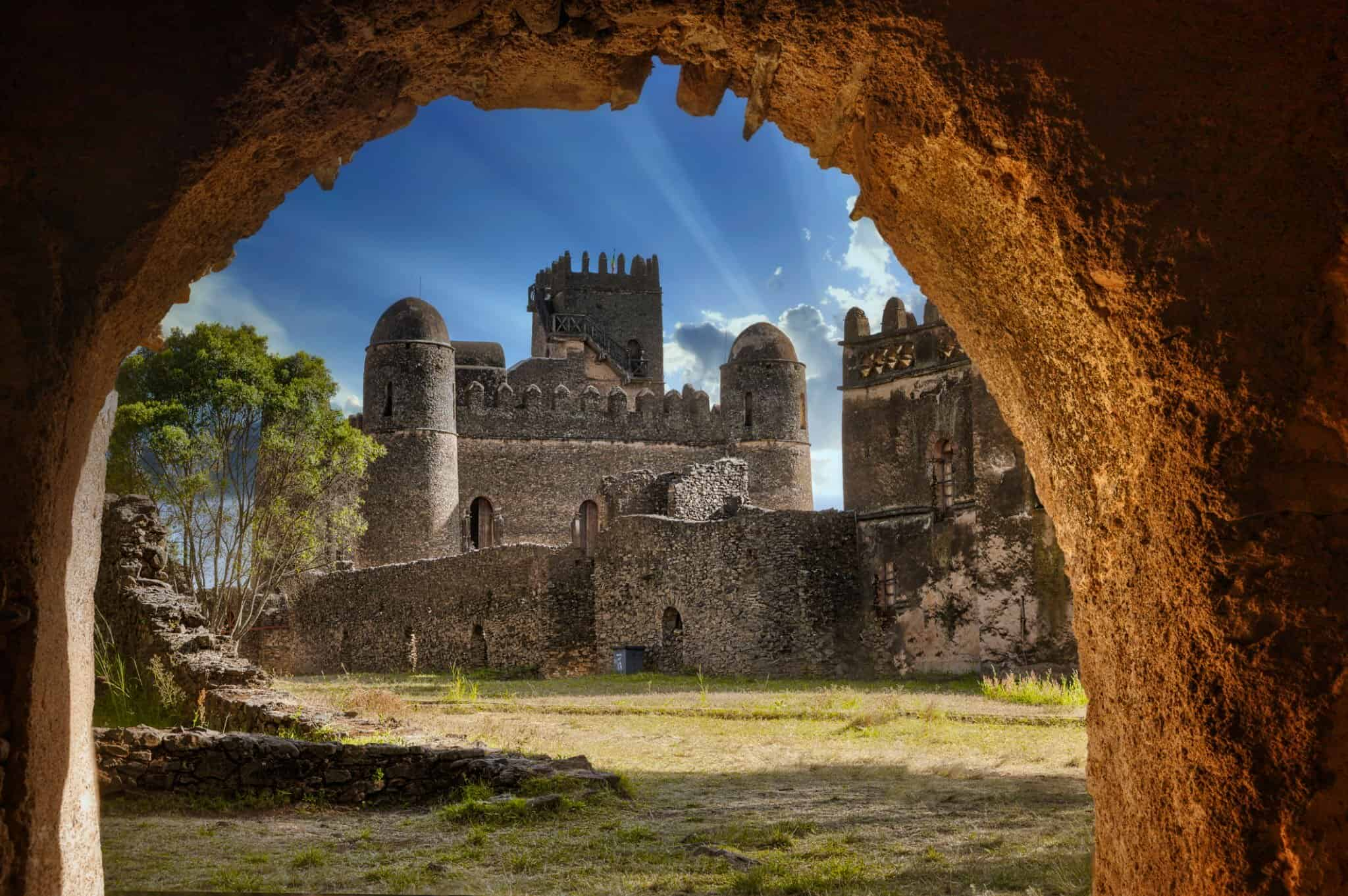Simien Mountains National Park
Jaw-dropping plateaus, ridges, gorges and gullies characterise this UNESCO World Heritage Site.
With some of the world's best trekking routes, endemic wildlife and luxurious lodges perched in hills, the Simien Mountains are Ethiopia's most popular travel destination, and for good reason

How to Plan a Trip
Read MoreHow to Plan a Trip
There's a lot on offer in Ethiopia. Planning the perfect trip is tremendously exciting, but it can be hard to know where to start. Read this quick guide to planning your Ethiopia adventure, then give our specialists a call or inbox us.
Explore Packages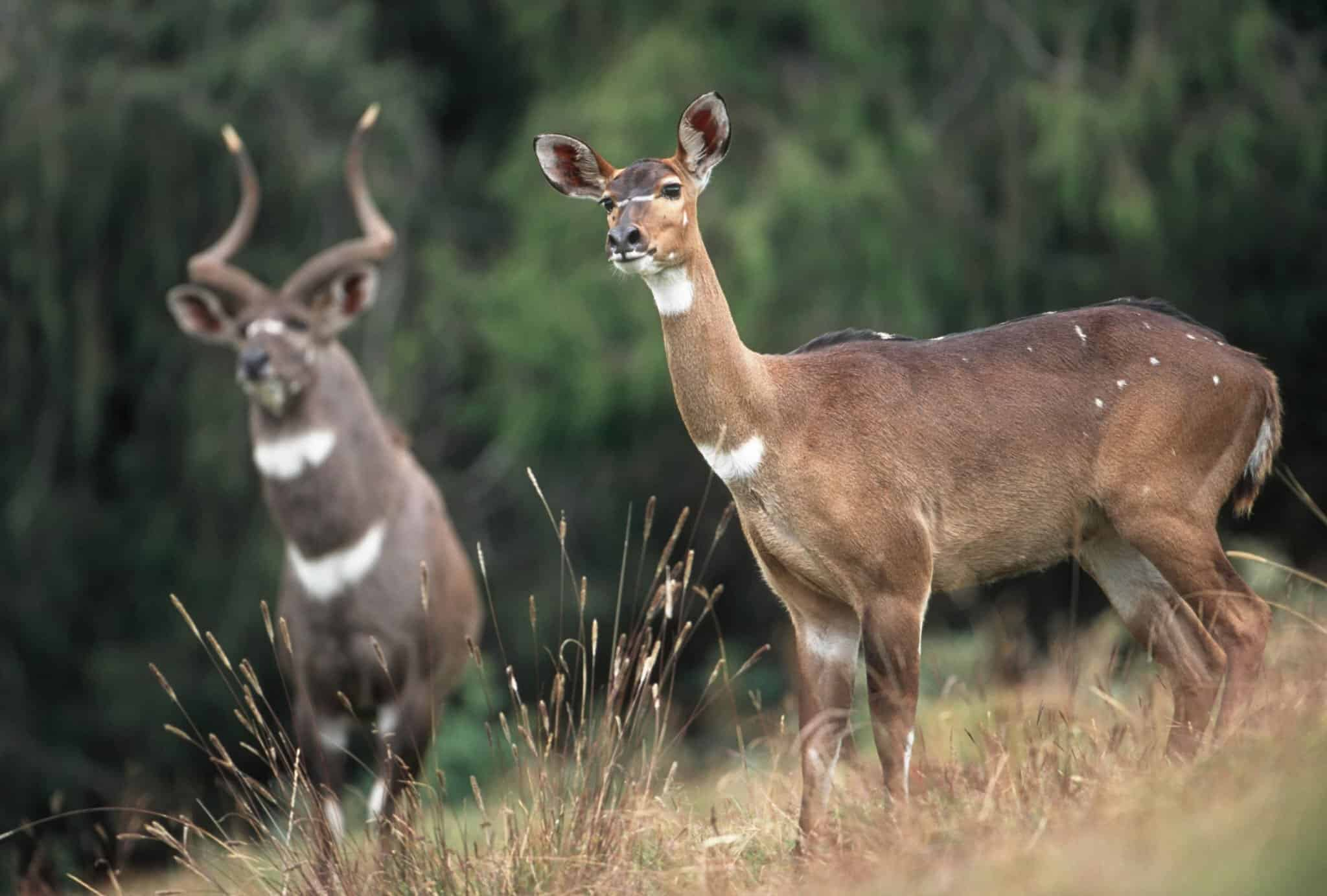
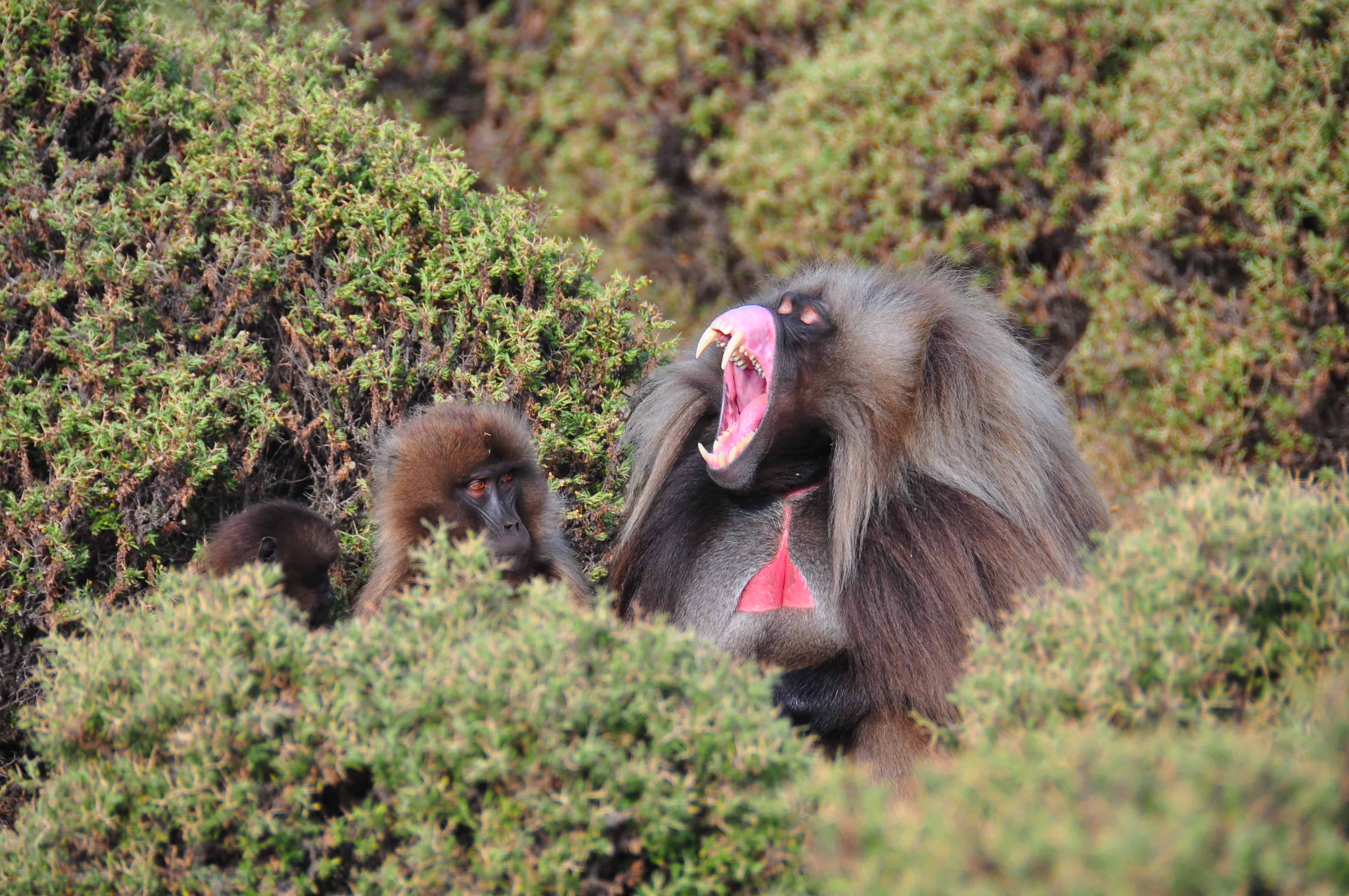
7 Questions to ask yourself
What's on offer in Ethiopia?
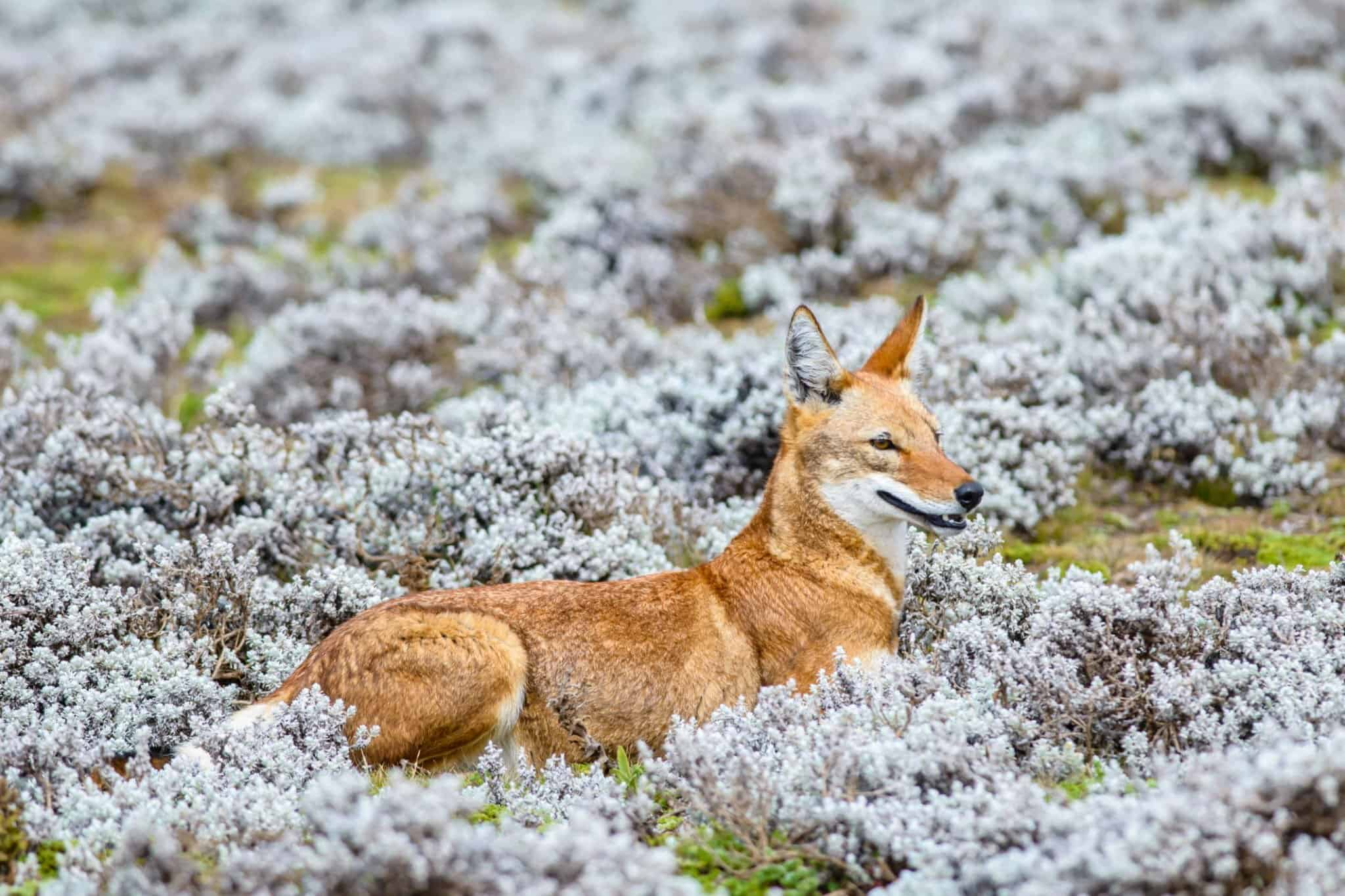
A. Natural Beauty in Ethiopia
Ethiopia offers some of the most extraordinary landscapes anywhere in Africa.
From the jagged-peaks of the Simien Mountains, the thick afro-alpine forests of the Bale Mountains, or the kaleidoscopic acid springs of the Danakil Depression - it's one of the most beautiful countries in the world.
5 Beautiful Places in Ethiopia
Danakil Depression
A geological depression caused by the continental drift of three tectonic plates, the Danakil Depression is one of Earth's most unusual environments.
Renowned as the ‘hottest place on the planet' and home to salt lakes, lava lakes, volcanoes, and colourful acidic springs - it's a wonderful, alien environment.Bale Mountains National Park
Located 400 km south-east of Ethiopia's capital, Addis Ababa, the Bale Mountains National Park is one of the country's most beautiful and popular outdoor destinations.
A nominee in 2009 for UNESCO World Heritage status, the park is home to diverse landscapes, unique habitats and stunning wildlife.
It is also home to one of Ethiopia's best eco lodges, the Bale Mountains Lodge.Community Trekking in Tigray
The unique and stunning landscape of Tigray makes community trekking here one of the best experiences available in the country.
The treks traverse the giant plateaus that jut out of the Tigrayan landscape, taking you down into the valleys before ascending sharply over the top of the ridges.
The guesthouses are locally run and perched on the plateau edge. During the day, the views extend for miles, and at night the sky comes alive with starlight.Community trekking in Ethiopia began in Wollo.
There are currently 11 community guesthouses set up in the region, and a community trek here typically takes 3-5 days.
The viewpoints are simply staggering, and the starlight in this part of the country is extraordinary.
What's on offer in Ethiopia?
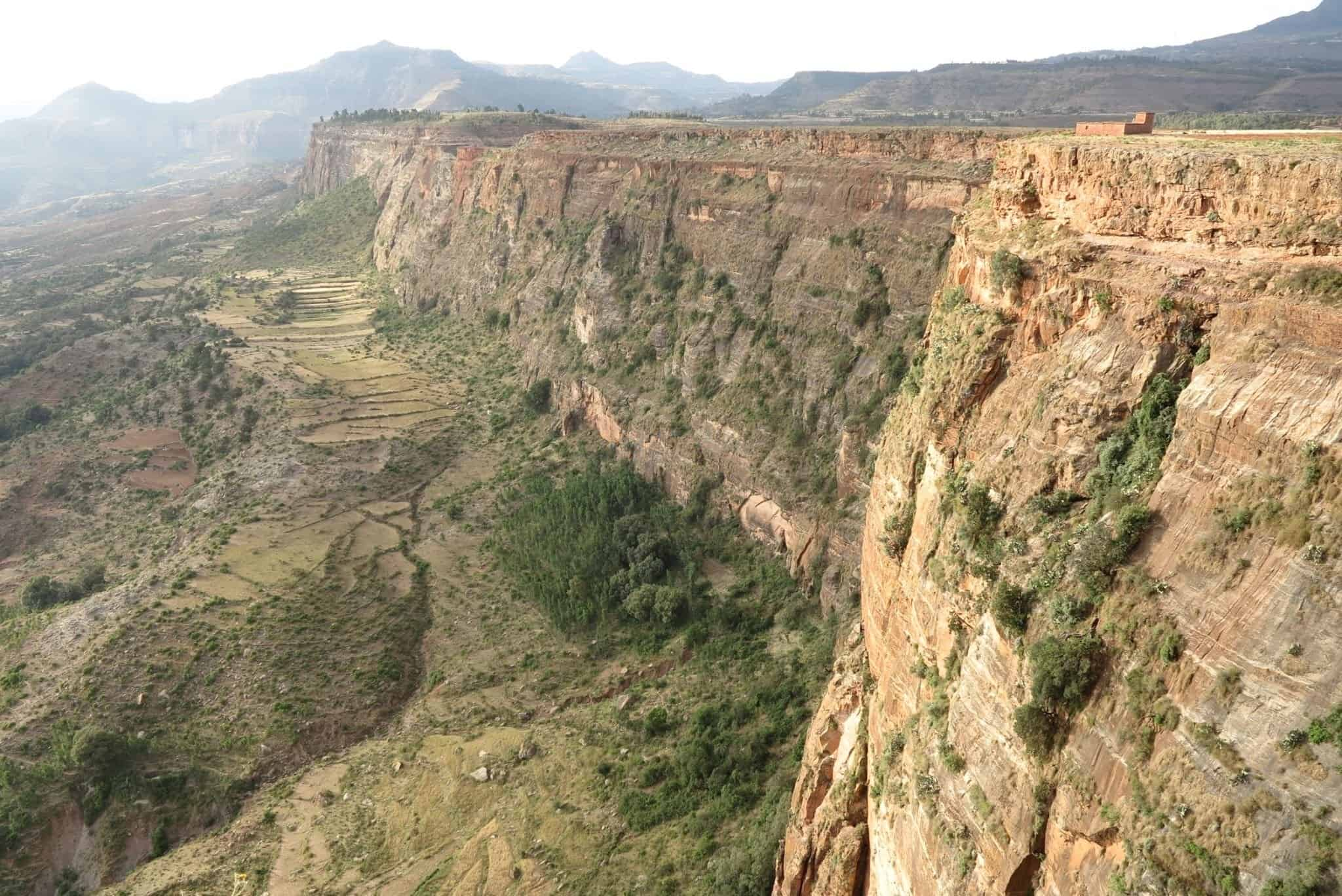
B. Hiking and Trekking in Ethiopia
Ethiopia's northern highlands offer some exceptional trekking experiences. The Simien Mountains and Bale Mountains are common favourites, and the Community Trekking trails set up in the North offer world-class treks while supporting local communities.
How to choose the right trek in Ethiopia
When deciding where to trek, and for how long, you should consider the following:
Altitude. The North of Ethiopia is highland, and Addis Ababa itself sits at 2200m. Most of the trekking available in Ethiopia will take you above 3000m.
Comfort. While nearby lodges allow for day hikes in the Simien Mountains and Bale Mountains, some areas of these national parks are off limits to those not willing to camp. Our community trekking involves overnights in basic, but charming and comfortable, guesthouses.
Time of year. If you're travelling between June and August, trekking in the national parks can become more trick as the rains render some access routes impassable.
Fitness. Some trails require a good level of fitness, while others are much easier. The altitude can often make gently routes feel tough. It's important to know your limits, and talk through any concerns with our team
Where can I trek in Ethiopia?
The Simien Mountains are Ethiopia's most popular trekking destination. The typical trekking route involves 3 nights camping in the mountains, but there's ample opportunity for day trips or longer hikes depending on your fitness level and wider interests.
The Simien landscape is staggering, and the park is home to a variety of wildlife, including the endemic Ethiopian Wolf, Walia Ibex, and troops of curious Gelada Monkeys.
The Limalimo Lodge and Simien Lodge sit nearby, meaning you can explore the Simiens without compromising on comfort. ur team before booking a trek.The Bale Mountains National Park offers unique and wonderful landscapes. The park is made up of two distinct landscapes, the Harenna Forest and Sanetti Plateau. The park is also home to Ethiopia's second highest point, Tulu Dimtu, and the country's largest population of endemic Ethiopian Wolves can be found in the Sanetti Plateau.
There are numerous campsites within the park, so we can stitch together multi-day treks. The Bale Mountain Lodge in the Harenna Forest offers a luxurious lodging option and day hikes can be arranged from here.Set up in four locations around the North of Ethiopia, Community Trekking offers meditative treks through some of the best landscapes anywhere in the world. Local communities have set up guesthouses along the trails which offer basic, but charming accommodation.
Community Trekking is designed to give the local communities a stake in the tourism industry of Ethiopia, and the majority of money for these treks go straight to the communities who manage the guesthouses and run the treks.
What's on offer in Ethiopia?

C. Historical Monuments of Ethiopia
Ethiopia has a tremendously rich history dating back to the dawn of humanity. Humans have been navigating life in Ethiopia for millennia with each civilisation leaving behind artefacts and clues that have helped us slowly unravel the origins of humanity and life on Earth.
What historical sites can I visit in Ethiopia?
Lalibela occupies a dramatic position atop wide valleys and surrounded by weather-gouged escarpments beyond which jagged peaks rise. A place of faith, festivals, mystery and legends that will engage your heart as much as your mind.
It is famous for its rock-hewn churches, the exact origins of the churches and their construction are still disputed, which is part of their attraction.
What is certain is that Lalibela is no dusty relic visited by school groups and academics. Those 13 churches form the living, beating heart of spiritual Ethiopia, hosting the most famous celebrations of the festivals of Genna, Timkat and Meskel.Known for its remarkable collection of crumbling castles, fortifications and 17th century churches, it's only right that Gonder is often referred to as the “Camelot of Africa”.
This small city in the Amhara region of northern Ethiopia was the home to many emperors who ruled the country from the 12th century to the last decade of the 20th century.As the home to the Queen of Sheba and the Ark of the Covenant – the storied artefact of Moses' 10 commandments – Axum is one of the oldest continuously inhabited cities in northern African, dating back to 400 BC.
Today, residents of the ancient city seem blissfully unaware of its glorious past that saw the Aksumite Empire thrive as a trading nation and major player in commerce between the Roman Empire and Ancient India.
This World Heritage site is often referred to as “Abyssinia” in medieval texts and is considered the heart of ancient Ethiopia. It is a marvel of obelisks, ruins of castles, undiscovered tombs, beautiful churches and other cultural treasures spanning several centuries and embracing different religions.Bahir Dar is one of the most beautiful cities in Ethiopia. Most visitors spend a couple of days here, heading out on boat trips across Lake Tana and a short trip out of town to the Blue Nile Falls.
Located in a depression of the north-west plateau, Lake Tana is home to about 37 islands and peninsulas, where some of the world's oldest churches and monasteries are found. The most famous of these is Kebran Gabriel, believed to have been built in the 14th century and containing a museum with old paintings and manuscripts.Known for its famous array of markets, the famous Hyena Men, ancient paintings and artefacts spanning all cultures, it's easy to get lost in the never-ending maze of the winding streets of Harar.
Harar has a distinct character, and is very different to the most other towns in Ethiopia. It's a little further out of the way, so requires a domestic flight there and back, but those who have a little extra space in their itinerary shouldn't miss out on a visit to Harar.Immerse yourself in the rich history of Addis Ababa by visiting its iconic landmarks. Explore the grandeur of the National Museum, home to the fossilized remains of Lucy, a famous hominid ancestor. Admire the stunning architecture of the Holy Trinity Cathedral and pay homage to Ethiopia's revered leaders at the Menelik Mausoleum.
Escape the city's hustle and bustle and ascend Entoto Hill for breathtaking panoramic views of Addis Ababa. Explore the historic Entoto Maryam Church, built by Emperor Menelik II.
Delve into Ethiopia's diverse cultural heritage at the Ethnological Museum, located within the beautiful grounds of Addis Ababa University. Discover fascinating exhibits showcasing traditional artifacts, clothing, and artwork from various Ethiopian ethnic groups.
Get lost in the vibrant chaos of Merkato, one of Africa's largest open-air markets. Stroll through its labyrinthine alleys, where you'll find a wide array of goods, from spices and textiles to jewelry and handicrafts. Bargain with local vendors and soak up the vibrant ambiance of this bustling marketplace.
Immerse yourself in the rich cultural tapestry of Addis Ababa through captivating experiences. Attend a traditional Ethiopian coffee ceremony, where you'll witness the art of roasting and brewing coffee, accompanied by the aroma of incense and lively conversations. Enjoy authentic Ethiopian cuisine at local restaurants, savoring injera (spongy bread) and flavorful stews such as doro wat and kitfo.
As the sun sets, discover Addis Ababa's vibrant nightlife scene. Visit jazz clubs, where you can groove to the soulful sounds of Ethiopian jazz and live performances. Enjoy traditional dances and music at cultural centers, or relax in trendy bars and restaurants offering a mix of local and international flavors.
Escape to the tranquil green spaces of Addis Ababa. Visit the stunning Unity Park, once the residence of Emperor Haile Selassie, and wander through its lush gardens and historical buildings.
Addis Ababa is a city that seamlessly blends history, culture, and modernity. From exploring its historic landmarks to immersing yourself in its vibrant markets and cultural experiences, there's no shortage of activities to enjoy. So, embark on a journey of discovery and let Addis Ababa's charm captivate you.
What's on offer in Ethiopia?

D. Cultural Experiences
When you think of cultural experiences in Africa, few countries come close to Ethiopia. Travelling the country is to gain a new perspective on humanities place in the world, from past and present to future.
What defines a cultural experience?
Of all the East African nations, Ethiopia is perhaps the hardest to describe. Ethiopia is an incredible blend of natural beauty, history and culture. The natural beauty of the country is obvious, you can't escape the sweeping views and mountain peaks. The history is all around you; staring up at a crumbling castle ruin you know immediately you're standing somewhere with a long and deep history.
The culture is something else. It's less tangible, but even more powerful.
In some sense, everything you do in Ethiopia could be labelled a cultural experience. Wandering the sprawling markets, visiting the ancient churches and monasteries, hiking across the plateaus, and sampling the local cuisine. Everything you experience in Ethiopia is shaped by its culture, and you'll be constantly in tune with how local way of life differs to your own, in both positive and negative ways.
There is no separating an experience in Ethiopia from the cultural fabric from which it's borne. That's what makes Ethiopia so hard to describe. It's incredibly diverse, and a single destination can be described a thousand ways.
What cultural areas can I visit in Ethiopia?
The Omo Valley is the major force south of Addis Ababa that pulls travellers away from the classic northern trail. The Rift Valley and Bale Mountains play supporting roles, but few visitors venture into southern Ethiopia without visiting some of the tribal communities of the Omo.
Exploring the Omo Valley, and spending time with the tribes that have long called this region home, is a remarkable experience. Few places so sharply illustrate the range of human experience on this Earth.Community trekking involves peaceful walks through rural Ethiopian countryside, across sweeping plateaus and down into valleys.
You spend the nights at locally run community guesthouses perched on the plateau edge. The landscapes are extraordinary and the views among the most impressive in the country.
The trekking is meditative, the viewpoints staggering, and the guesthouses charming. Community trekking is among our favourite things to do in Ethiopia.Whether you're heading to the Omo Valley along Butajira Road, or traversing the Rift Valley Lakes as you head to the Bale Mountains, the drive through the local villages, surrounded by incredible landscapes in a region that birthed humanity itself, is a wonderful experience.
It's the small moments that compound over a few days on the road. Children showcasing their regional dance as you drive by, the local restaurants, the cattle wandering the bumpy roads refusing to move for any vehicle. It's kilometres of natural beauty accented by short bursts of wonderful chaos.Ethiopia's festival calendar is a busy one.
Ethiopian Christmas and Timkat are the two main festivals in January. Colourful processions characterise these events, and the main cities along the northern circuit are the best places to be.
New Year and Meskel take place during September, and combined with Ethiopia's post rainy season bloom, visiting during these events makes for a magical trip.
If you're lucky enough to be travelling during these celebrations, it's well worth shaping your itinerary to pass through the right places at the right times - get in touch with our team, and we can help.1. Coffee Ceremonies
It is impossible to separate Ethiopian culture from coffee. It's the birthplace of coffee, and it remains a major export to this day. Coffee ceremonies are pervasive throughout the country. They're played up for visitors, but the coffee they produce is exceptional.
You can find coffee farms throughout the country and learn the process from harvesting the beans to drying and packing. You'll also be able to buy some beans right off the drying rack, as fresh as it gets.
2. Ethiopian Cuisine
Ethiopian food is best described as a culinary adventure bursting with flavour, culture and religious history.
Depending on where you find yourself in the country, you will encounter an amazing diversity of dishes and dining etiquette that makes for an unforgettable stay.
What's on offer in Ethiopia?
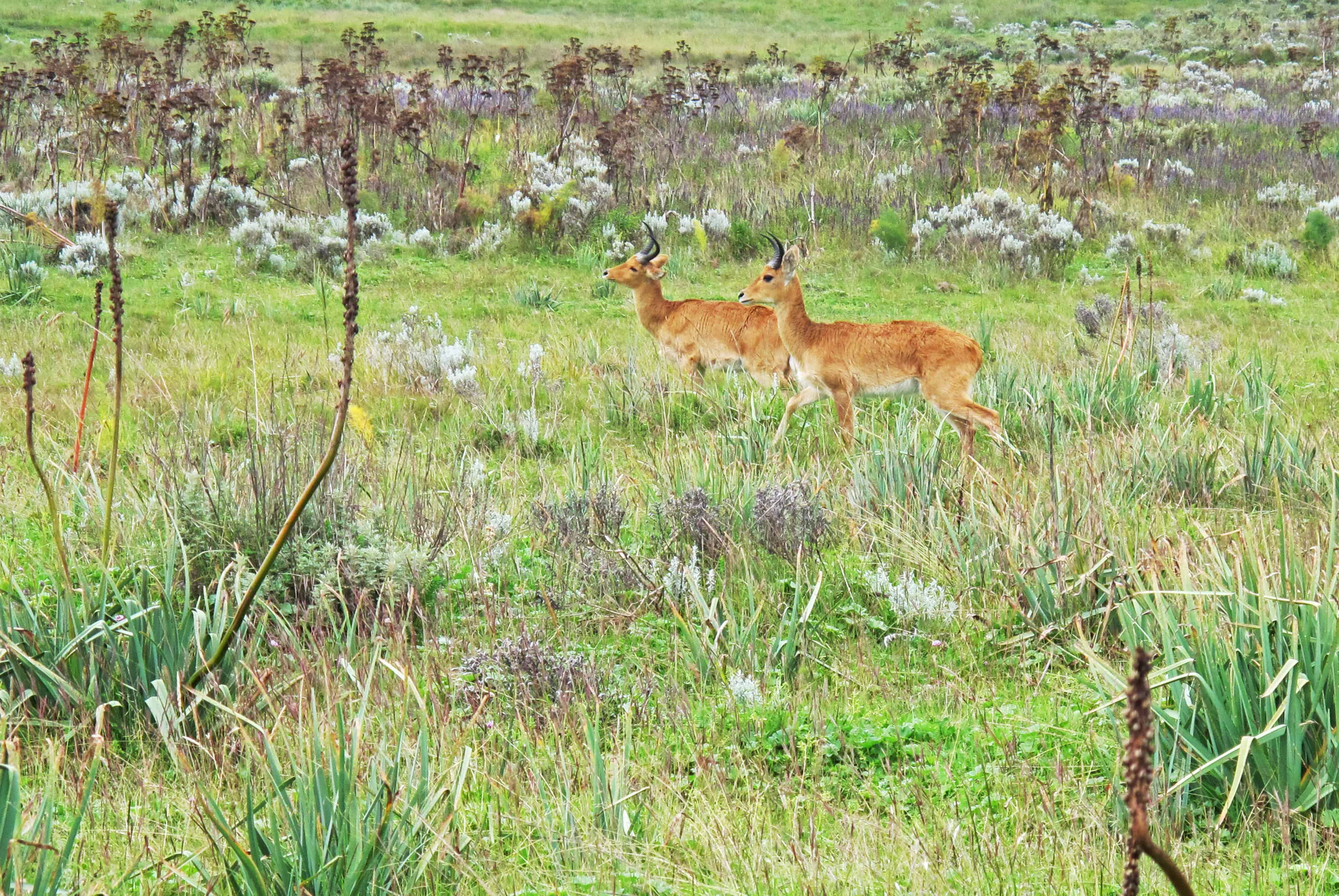
E. Ethiopia Safaris
In Ethiopia, the emphasis is on rarity, endemism, and bio-diversity. The Simien Mountains, Bale Mountains, and Gambella National Park are the best places for safari in Ethiopia.
Ethiopia Safari in Context When you think of safari in East Africa, you probably imagine vast savannah plains, open-top jeeps and elephants, giraffes, and big cats just a few hundred feet away. This is the quintessential Africa safari experience, and the reason thousands flock to the Maasai Mara and the Serengeti every year.
While there are fantastic wildlife experiences to be had in Ethiopia, for the most part, they don't fit this typical safari mold.
You won't find big cats, elephants and giraffes roaming the grasslands of Ethiopia (unless you're in a few very specific regions at the right time). What you will find is troops of Gelada Monkeys playing in the Simien Mountains, the endemic Ethiopian Wolf patrolling the Sanetti Plateau in the Bale Mountains, and charming, lo-fi wildlife experiences all across the country - crocodiles and hippos in the shallows as you explore the monasteries on Lake Tana, raptors soaring in the thermals of the Simiens, and hungry Hyenas outside the ancient walls of Harar.
The best safari experiences in Ethiopia are in the Simien Mountains, Bale Mountains, and Gambella.
These destinations have great wildlife densities with high chances of sightings.
While these are the best wildlife destination in the country, you'll find charming wildlife encounters all over the country on your journey across Ethiopia.
Best places for safari in Ethiopia
The Gelada Monkeys is the symbol of the Simien Mountains. Endemic to Ethiopia, these monkeys are known as ‘bleeding heart monkeys' due to the distinct heart-shaped print on their chests. The Gelada's in the Simiens are accustomed to humans, so you can stand amongst them as they roam and play around the plateaus.
Near the Chennek campsite in the Simiens, you have the best chances of spotting the Walia Ibex - another endemic species to Ethiopia. Walia Ibex are a threatened species, with population numbers only in the hundreds. Unlike the Gelada Monkeys, you have to be lucky to spot these beasts roaming the mountains (and it helps if you're visiting on a clear day!).
Alongside the Gelada and Walia, the Simiens are home to a variety of birdlife, including raptors, Lammergeyer, and thick-billed ravens. The elusive and endemic Ethiopian Wolf also roams these highlands, but sightings in the Simiens are very rare.The Bale Mountains is the best place to find the Ethiopian Wolf, an endemic canid that is best found in the Sanetti Plateau at 4000 metres in the Bale Mountains. Sightings here are quite common, but of course never guaranteed.
The Bale Mountains are one of Ethiopia's best wildlife destinations in terms of accessibility and wildlife densities. You'll find baboons, Bale and Colobus monkeys, chameleons and warthogs.
Lions, hyenas and leopards also roam the forests, but sightings are extremely rare.On the western edge of Ethiopia, Gambella has the highest concentrations of wildlife anywhere in Ethiopia, but due to poor management over the years, the park is rarely visited due to limited access routes and lodging options. Those that visit Gambella will be rewarded with a true wild Africa experience.
Gambella is famous for its huge antelope and buffalo migrations. Elephants, lions, giraffes, cheetahs, leopards, and many other safari favorites can be found here. Birdlife in the park is also plentiful.
If you're visiting Gambella, you will stay in tented camps run by specialist operators. Gambella can only be accessed via charter flight, which means costs are much higher than other national parks in the country.
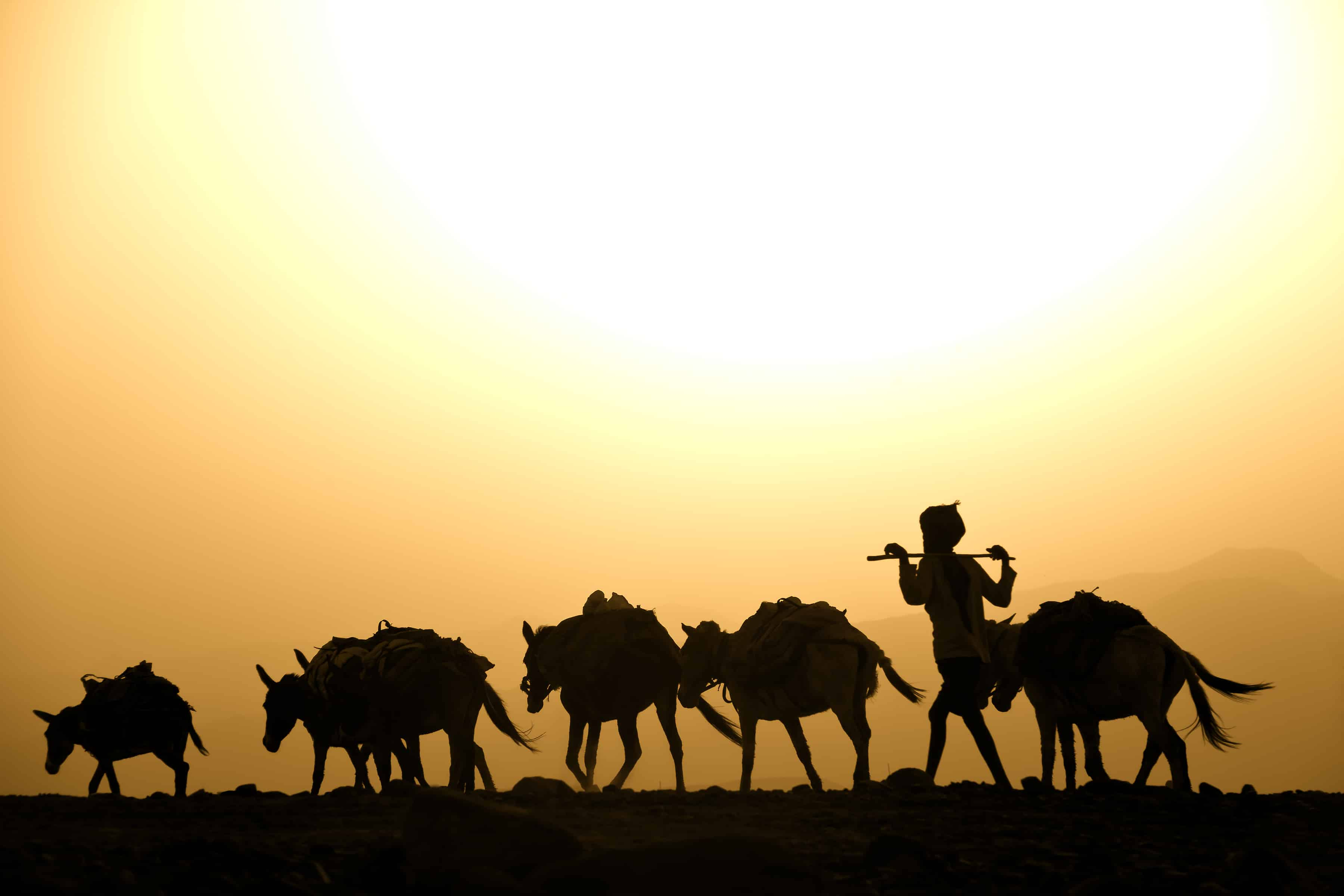
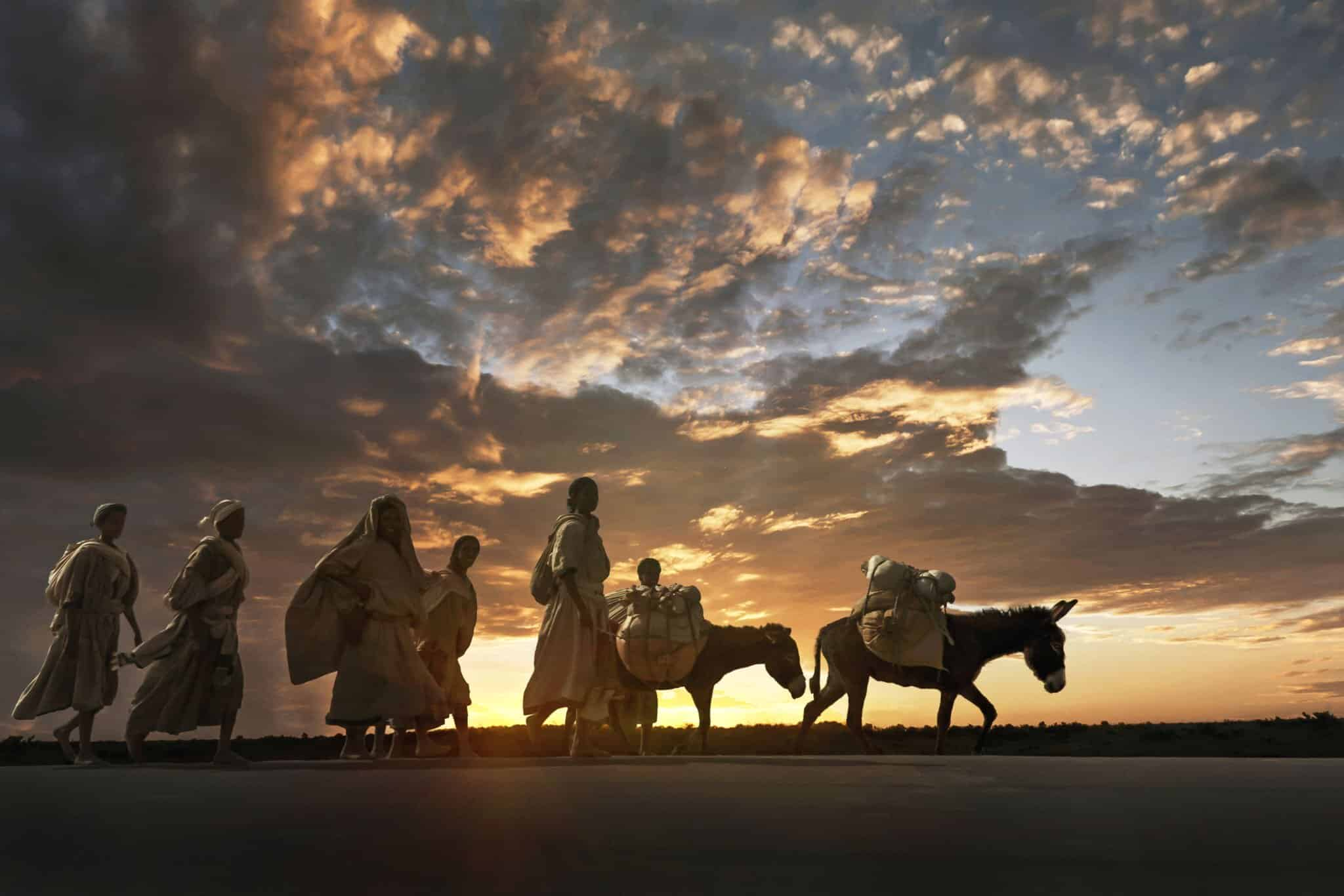
Begin Your Adventure with Sawla Tours
At Sawla Tours, we believe that every journey should be as unique as the traveler. Our expert team is dedicated to crafting personalized itineraries that reflect your interests and passions, ensuring an unforgettable Ethiopian experience.
Whether you're seeking cultural immersion, wildlife adventures, or breathtaking landscapes, we tailor each tour to your preferences. From the moment you reach out, our travel designers work closely with you to create a bespoke itinerary that captures the essence of Ethiopia.
Contact Us Now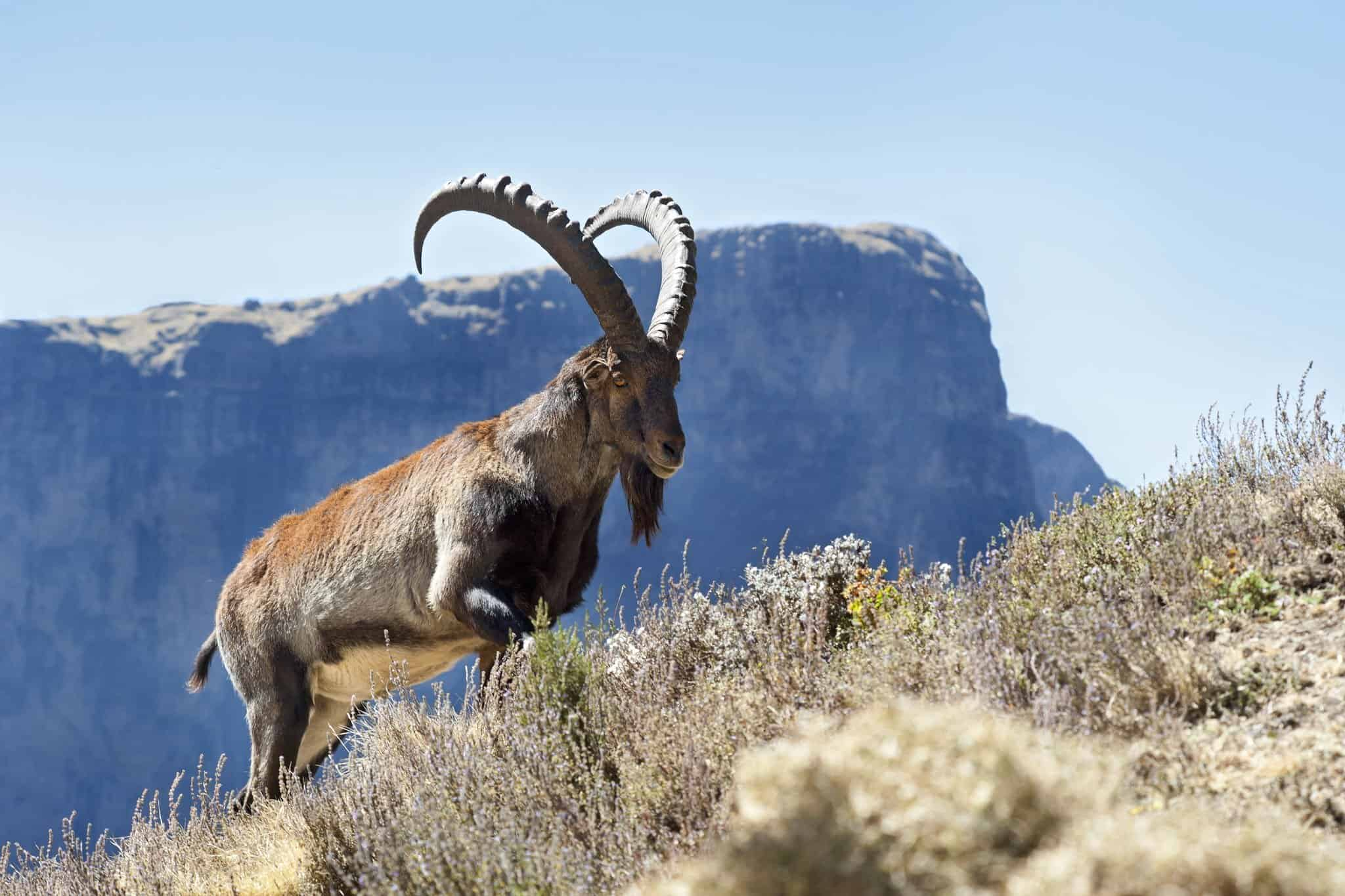
Ethiopia Tour Themes
Discover More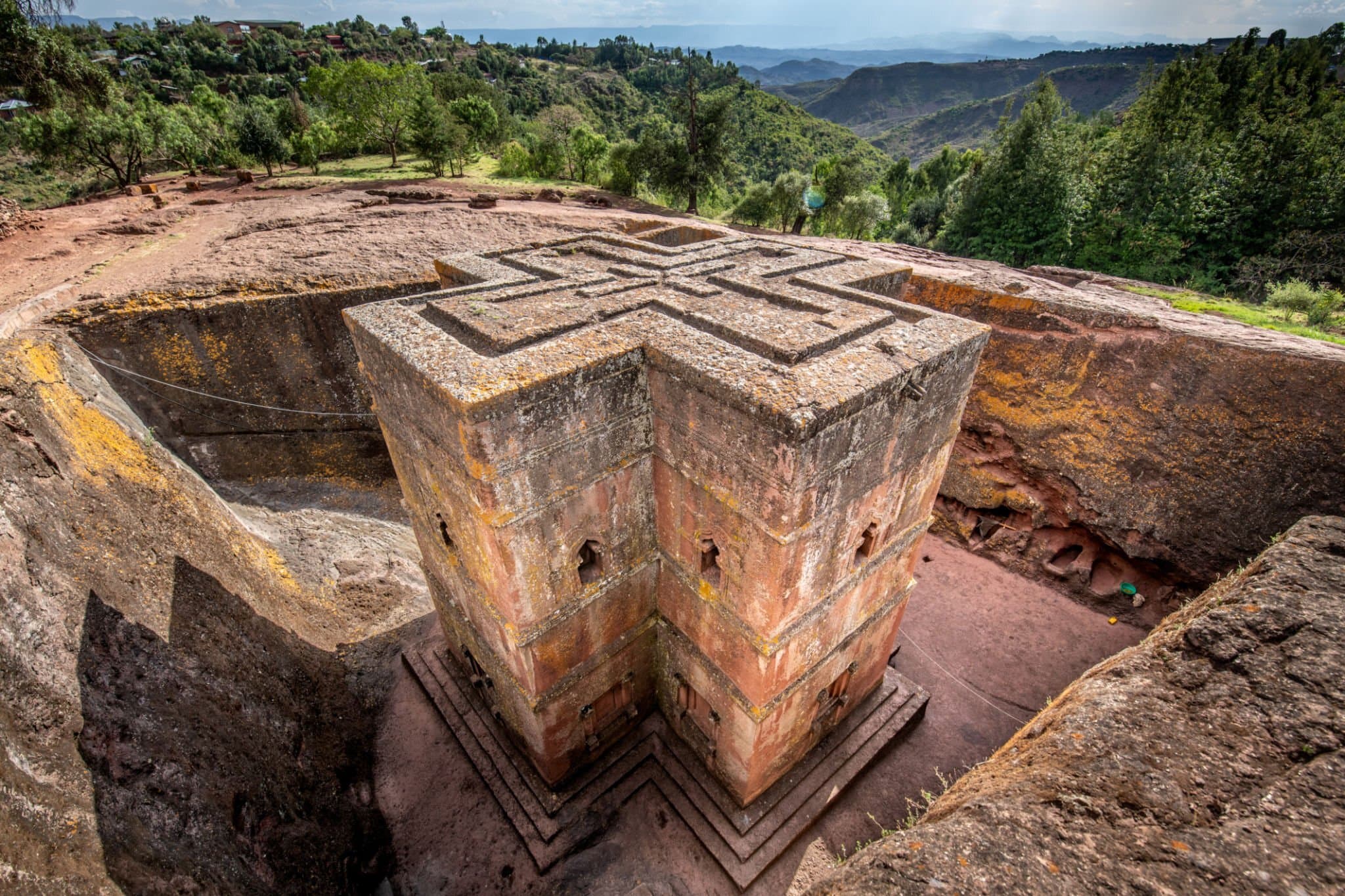
Popular Destinations
Discover More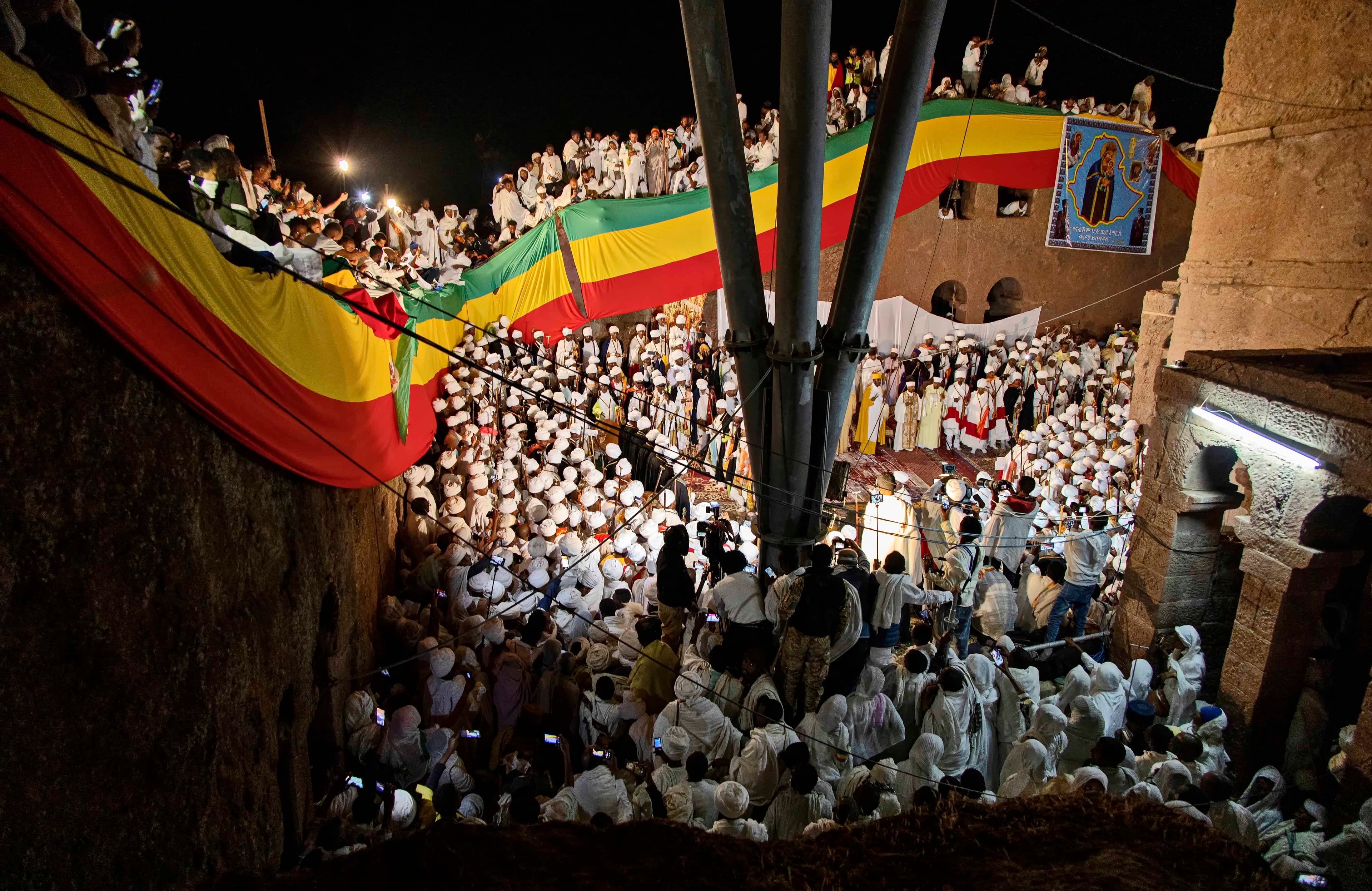
Itineraries By Experience
Discover More